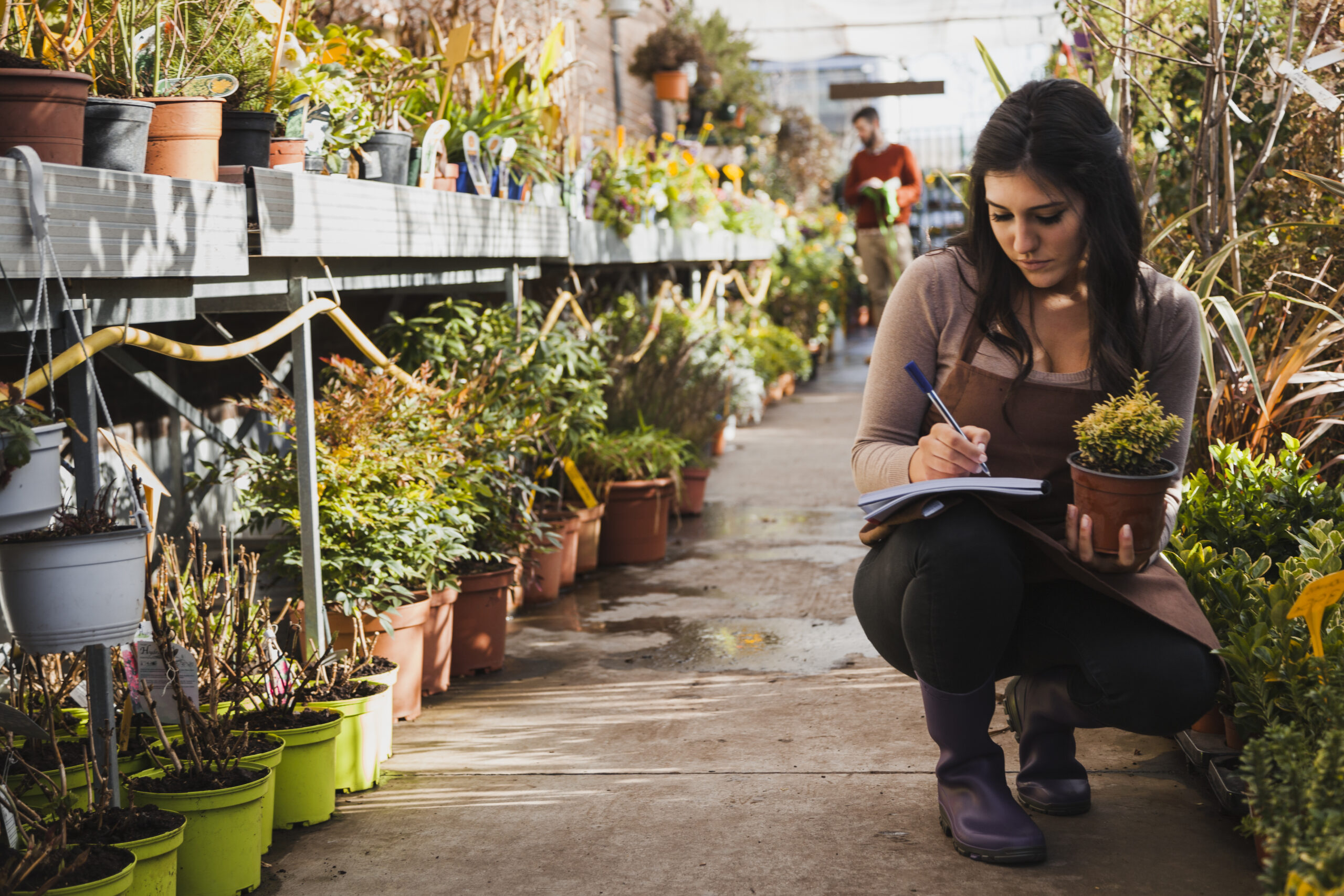How to Plant Wildflower Seeds
when to plant wildflower seeds
Introduction:
Welcome to our comprehensive guide on when to plant wildflower seeds! Whether you’re an avid gardener or a nature enthusiast, understanding the optimal timing for sowing wildflower seeds is key to a successful and vibrant garden. In this article, we’ll delve into the ideal times for planting wildflower seeds, providing valuable insights and tips to help you achieve stunning floral displays year-round.
Understanding Wildflowers:
Before we dive into the specifics of when to plant wildflower seeds, let’s take a moment to appreciate the beauty and diversity of these enchanting blooms. Wildflowers encompass a wide range of plant species that grow naturally in various ecosystems, from meadows and woodlands to urban landscapes. They are cherished for their resilience, adaptability, and ability to attract pollinators, making them a valuable addition to any garden or landscape.
Table of Contents
Factors Influencing Planting Time
Several factors influence the timing of wildflower seed planting, including geographical location, climate, and the specific species of wildflowers being grown. Understanding these factors will help you determine the most suitable time for sowing your seeds and maximising their chances of successful germination and growth.
1.Climate change:
Different regions have varying climate patterns, directly impacting the ideal planting times for wildflower seeds. Determine your climate zone to identify the best window for sowing seeds based on local weather conditions and temperature fluctuations.
2. Frost Dates
Frost dates mark the beginning and end of the frosty period in your area. It’s crucial to avoid planting wildflower seeds too early, as frost can damage or kill tender seedlings. Waiting until after the last frost date ensures safer conditions for germination and growth.
3. Seasonal Considerations
Wildflowers follow seasonal growth patterns, with certain species thriving during specific times of the year. Consider the natural blooming periods of different wildflower species when planning your planting schedule, aiming to mimic their native habitats for optimal results.
Best Times for Planting Wildflower Seeds
Now that we’ve covered the factors influencing planting time let’s explore the best times to sow wildflower seeds based on seasonal variations and climate considerations.
1. Spring Planting
Spring is often the optimal time for sowing wildflower seeds in many regions. As temperatures rise and soil moisture levels increase, conditions become favourable for seed germination and establishment. Aim to plant wildflower seeds in early to mid-spring, after the last frost date has passed.

2. Autumn Planting
Autumn presents another excellent opportunity for planting wildflower seeds, especially for species requiring cold stratification to germinate successfully. By sowing seeds in autumn, they undergo natural chilling processes over the winter months, leading to stronger and more robust plants come springtime. Aim to plant seeds in late autumn, allowing ample time for them to settle in before winter sets in.

3. Summer Planting
While spring and autumn are preferred for planting wildflower seeds, certain species can also be sown during the summer months. However, summer planting requires careful attention to soil moisture levels and temperature to prevent seedlings from drying out or succumbing to heat stress. Consider shade and irrigation options to create conducive conditions for summer planting success.

Tips for Successful Wildflower Planting
To enhance your chances of success when planting wildflower seeds, consider the following tips and strategies:
- Prepare the Soil: Before sowing seeds, prepare the soil by removing weeds, loosening compacted areas, and incorporating organic matter to improve fertility and drainage.
- Choose the Right Location: Select a sunny or partially shaded site with well-drained soil for optimal wildflower growth. Avoid areas prone to waterlogging or excessive competition from other plants.
- Sow Seeds Sparingly: Wildflower seeds do not require dense planting; scatter them sparingly over the prepared soil surface, then lightly rake to ensure good seed-to-soil contact.
- Water Wisely: Keep newly sown wildflower seeds consistently moist but not waterlogged until they establish roots and begin to grow. Watering may be necessary during dry spells, especially in summer.
- Monitor and Maintain: Regularly monitor your wildflower seedlings for signs of growth, watering needs, and weed competition. Remove weeds promptly to prevent them from outcompeting your wildflowers for resources.
Conclusion
Knowing when to plant wildflower seeds is essential for achieving a vibrant and flourishing garden or landscape. By considering factors such as climate, seasonal variations, and species requirements, you can strategically plan your planting schedule for optimal results. Whether you choose to sow seeds in spring, autumn, or summer, following best practices and providing proper care will help ensure the success of your wildflower garden. So, roll up your sleeves, get your hands dirty, and watch as your garden bursts into life with a kaleidoscope of wildflower blooms!
“Discover More: Enhance Your Garden with Bee-Friendly Tips!”







1 thought on ““when to plant wildflower seeds””
Comments are closed.